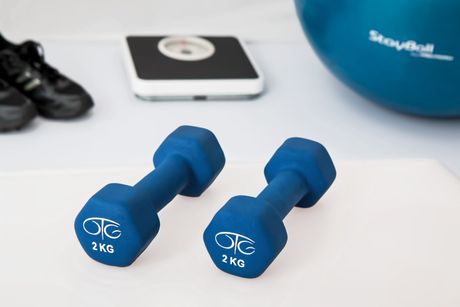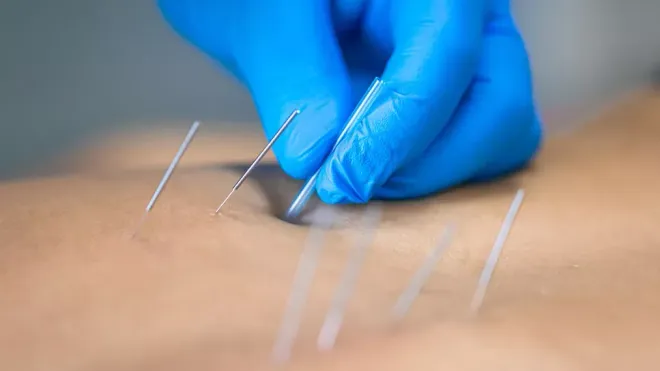Services
Manual Therapy
Manual physical therapy includes soft tissue and joint mobilizations . A variety of techniques are used by PTs to improve tension in muscles and mobility in joints. This includes mobilizations for the spine.

Exercise
Exercise including strengthening, stretching, mobility and stability are important in recovery from an injury or pain. An individualized exercise program is designed specifically for you.


Pre- and Post-Surgical Therapy
PT evaluation after surgery to determine your areas of weakness and limited ROM. Treatments to help with post-surgical pain and swelling. Progression of exercises to regain pre-surgical function and return to activities you enjoy.
Pre-surgical rehab can be warranted to prepare muscles as well as educate you in what to expect after surgery.
Balance and Vertigo
Vertigo is a feeling of spinning and can come and go through a life time. Some patients may have vertigo once but still not feel right and describe dizziness or feelings of being off balance. PTs can evaluate symptoms to see if you are having vertigo, also known as Benign Proximal Positional Vertigo and provide treatments. Dizziness can be from a weakened vestibular system. Loss of balance can be related to numerous things and a full PT evaluation can help determine an appropriate course of action for you.


Chronic Pain
Pain that lasts for more than a few months is considered chronic pain, and can have a serious effect on your overall well-being. Together, we’ll explore the source of your pain and create a program that provides the right treatment.
Dry Needling
Dry needling is a therapeutic technique used to treat muscle pain and trigger points by inserting thin needles into specific areas of muscle tissue. Unlike acupuncture, which focuses on balancing energy flow, dry needling targets physical pain and muscle dysfunction. The needles are inserted directly into tight or knotted muscle fibers, often causing a "twitch response," which helps release tension and reduce pain. It is commonly used for conditions like myofascial pain, muscle strains, headaches, and sports injuries, with the goal of improving mobility, relieving muscle tightness, and alleviating pain. While it may cause temporary soreness, dry needling can offer significant relief for those suffering from musculoskeletal pain.
